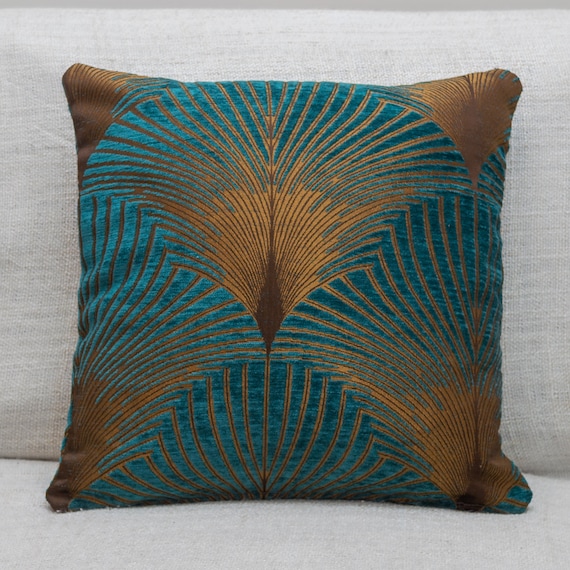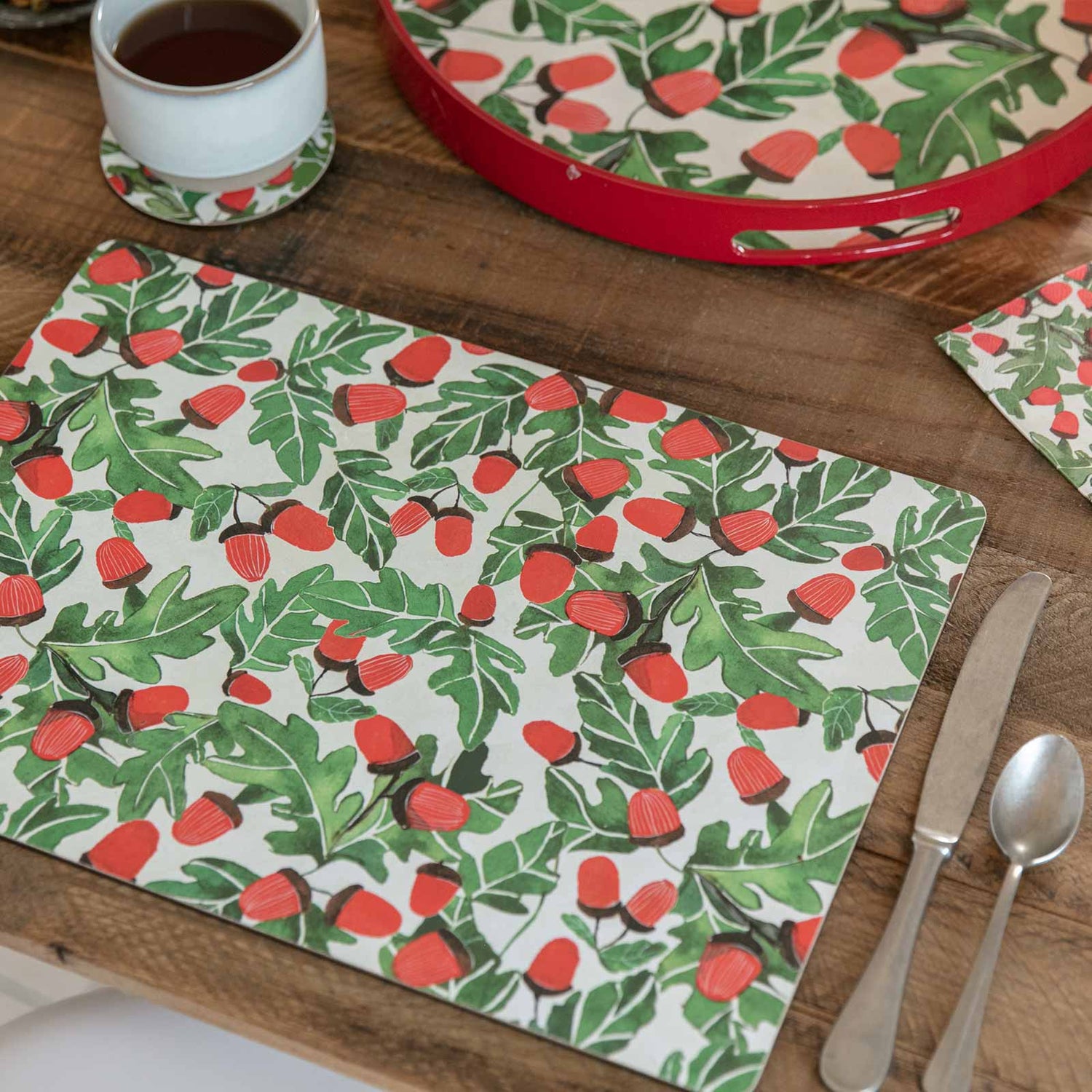The Facts About Unique Art Uncovered
The Facts About Unique Art Uncovered
Blog Article
Some Of Unique Art
Table of ContentsThe 25-Second Trick For Unique ArtSome Known Incorrect Statements About Unique Art 9 Easy Facts About Unique Art ExplainedThe Only Guide to Unique Art
While one might dispute which art type holds priority, the fact remains that each of these seven types supplies a special home window right into human history, society, and advancement. They are the tapestries that chronicle our trip, reminding us of our past while inspiring visions for the future.Great art work narrates, makes individuals look twice, and creates a distinct experience that can't be matched. Art and pictures connect all of that via shade, shape and various other design elements. Discover just how to make your unique artwork stand out from the crowd.

8 TRIA GIOVANEqual components grand and laidback, this foyer created by Anthony Baratta is the excellent blueprint to comply with if you're embellishing a formal entryway that still feels unfussy and comfortable. Patterned textiles take facility phase (see the carpets and the couch), but they additionally help bring the high ceilings down to a human scale when hung over wallpaper.
How Unique Art can Save You Time, Stress, and Money.
18 Heidi Caillier DesignA gallery wall doesn't need to take up the whole space. Actually, sometimes a little one can make a bigger design declaration. In this living-room, Hiedi Caillier chose for micro-mini frames and an arbitrary composition. Promotion - Continue Analysis Below19 Stephen Kent JohnsonDesigner Juan Carretero chose a deep green paint color to comparison with the light wood coatings.
, the expression of ideas and feelings, with the creation of particular visual high qualities, in a two-dimensional aesthetic language. The aspects of this languageits forms, lines, colours, tones, and texturesare made use of in different methods to generate feelings of volume, space, motion, and light on a level surface area. These components are combined into expressive patterns in order to represent actual or mythological phenomena, to interpret a narrative style, or to produce completely abstract visual relationships.
Later on the concept of the "fine artist" created in Asia and Renaissance Europe. Throughout the 19th century painters in Western cultures began to shed their social placement and secure patronage.
The Greatest Guide To Unique Art
Others made a revenue through exploring exhibits of their job. The demand to appeal to an industry go to this site had actually replaced the comparable (if much less impersonal) demands of patronage, and its result on the art itself was possibly comparable. Usually, artists in the 20th century could get to a target market only through commercial galleries and public galleries, although their job may have been occasionally recreated in art periodicals.

Don't replicate the style of various other musicians if you're attempting to locate your style. Duplicating anchor other individuals's artwork can be wonderful in instructional purposes but it will certainly not make you closer to discovering your own distinct design. Your artistic design has to be, what you such as and what motivates you.
I would consider your own style as a design you paint in naturally, when you allow go of all ideas and policies and simply concentrate on painting, not thinking of it. Unique Art. The design has to come normally to you when you are unwinded and you can not force it or it won't be your own design, just somebody else's
Indicators on Unique Art You Should Know

With time you'll be able to sort every one of them into your favorite and the very least favored categories. Attempt to concentrate your attention on the subjects and tools that you like and before you see it coming you'll have your very own personal and special style, like no person else have! So ultimately you'll have a couple of favorite based on repaint and perhaps a few favored tools.
The style has to develop itself in time with a great deal of method and experiments - Unique Art. Thank you for reviewing this article and if you have any questions leave them Extra resources in the comments listed below, I would certainly enjoy to address these
Report this page